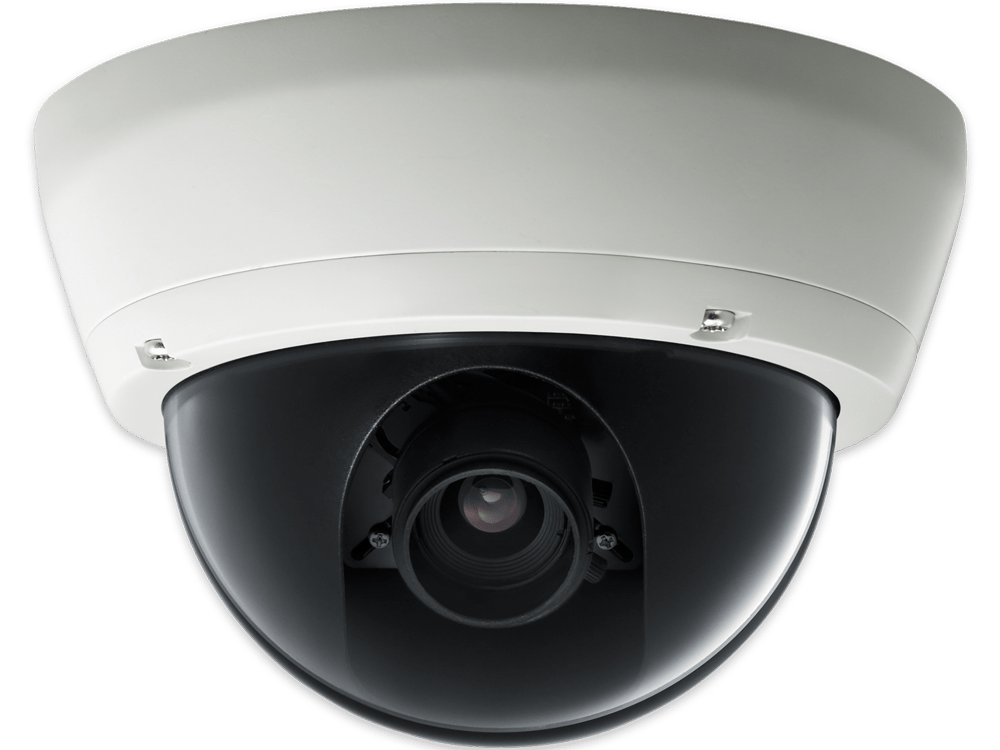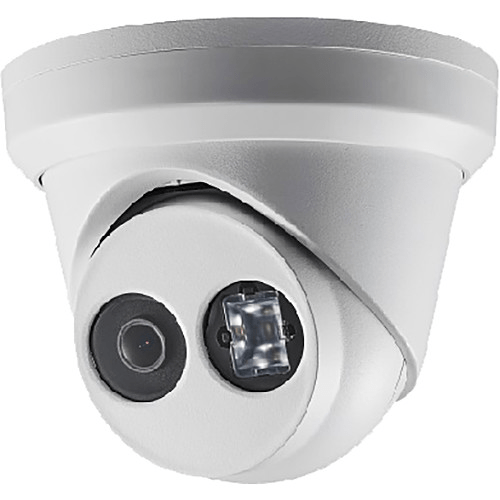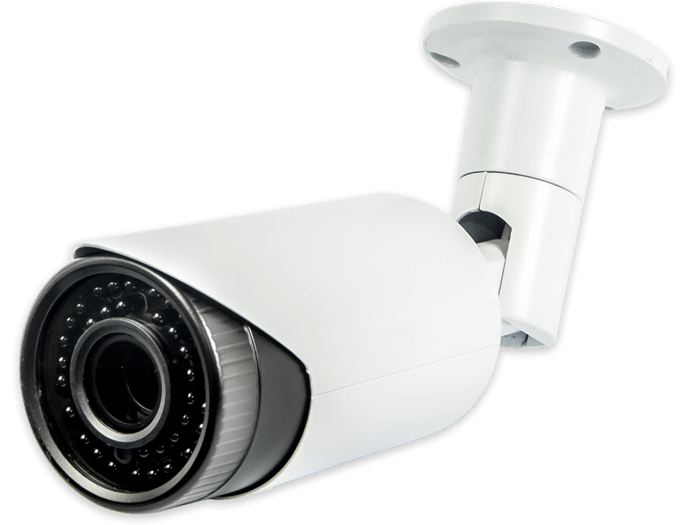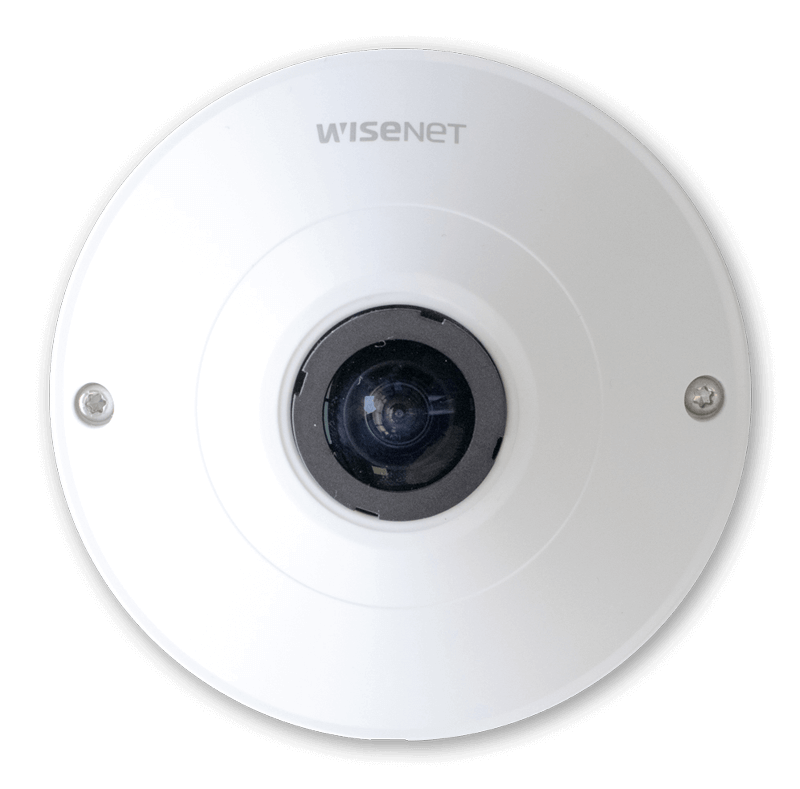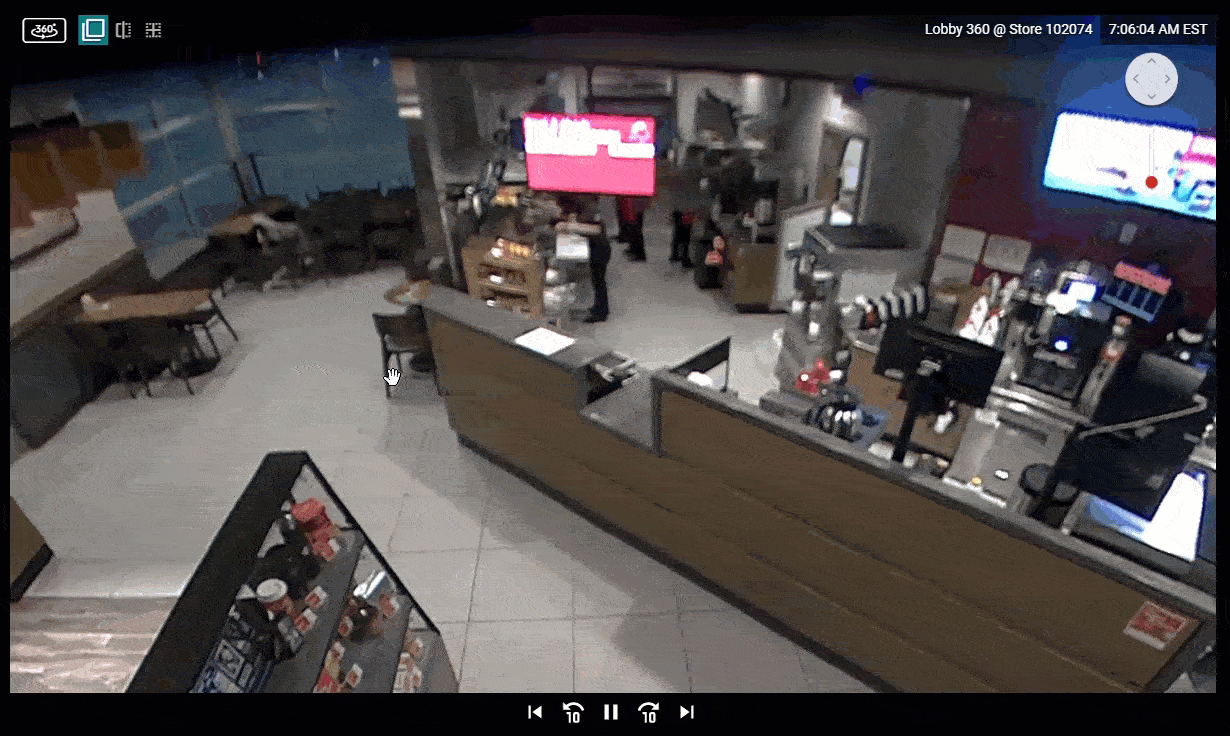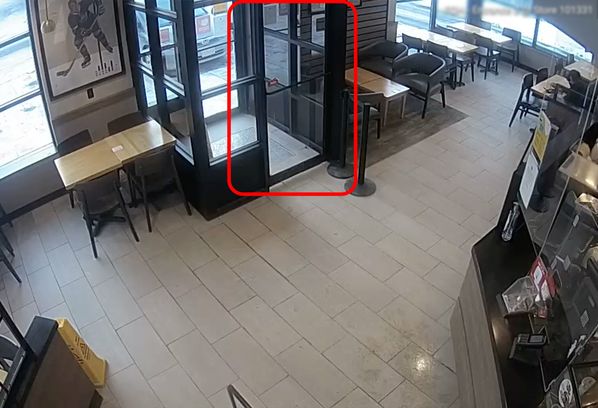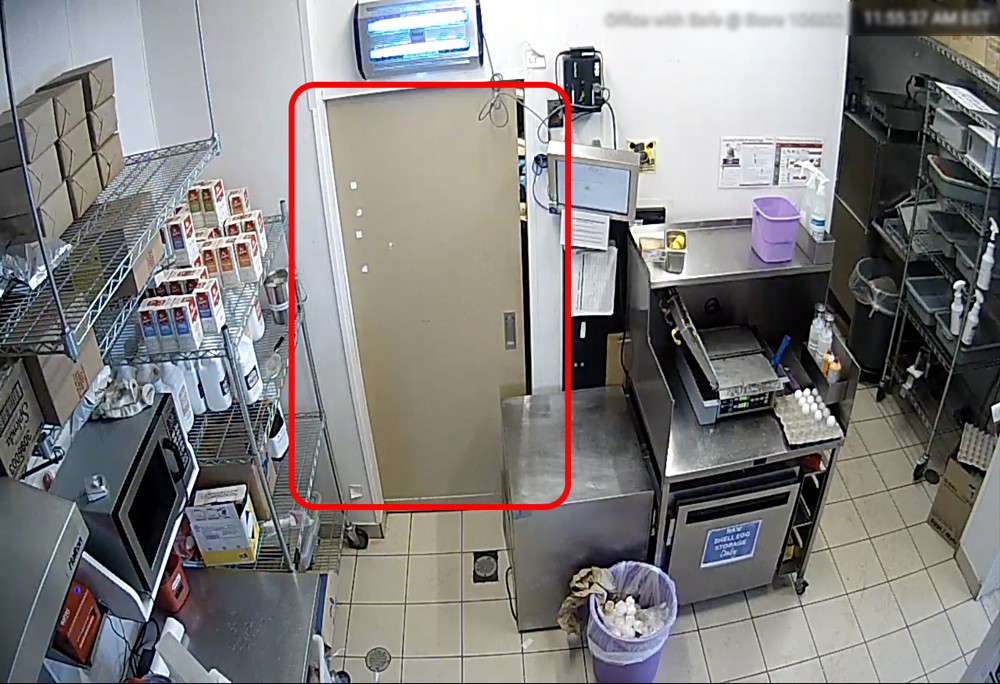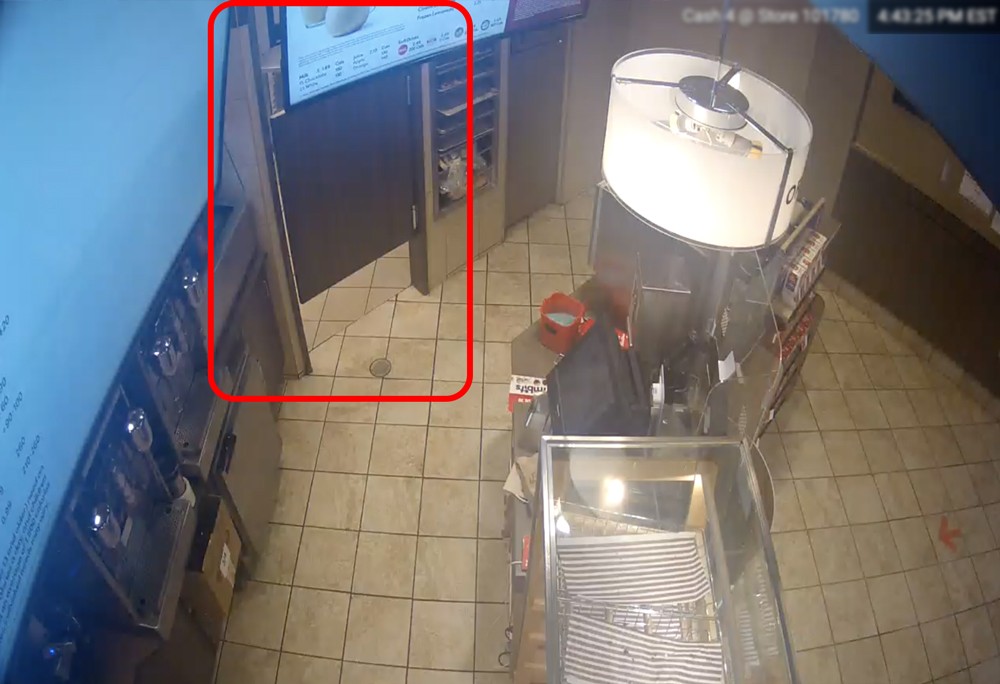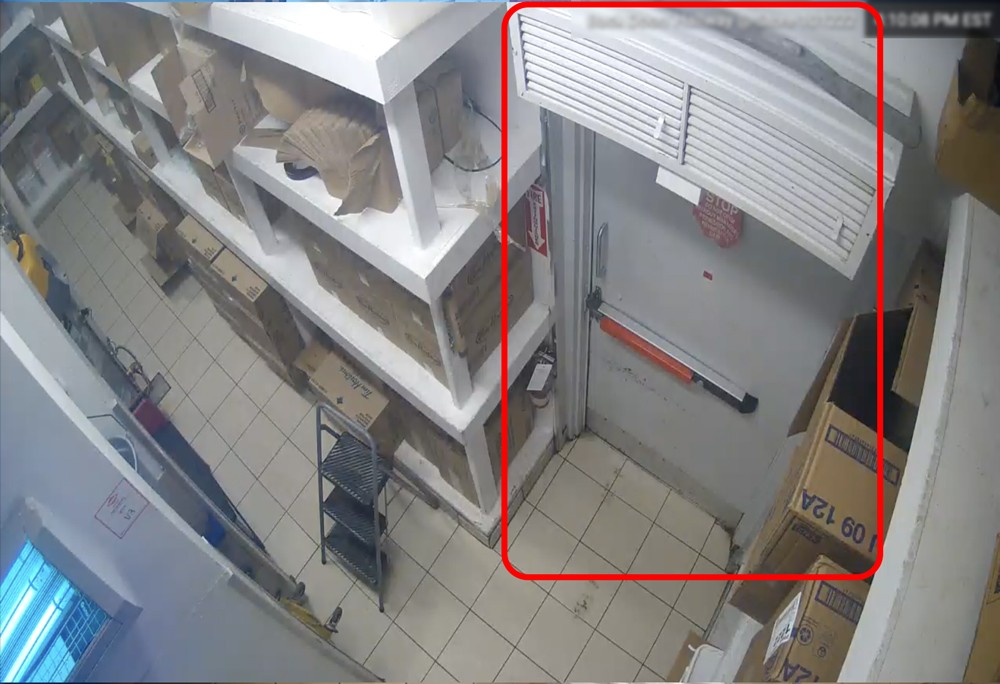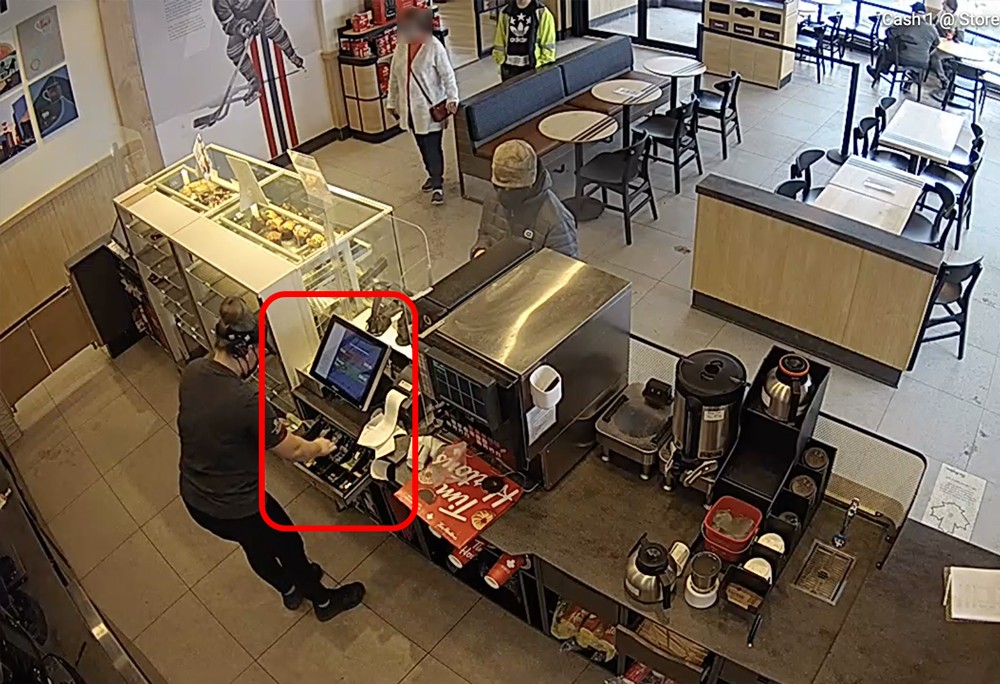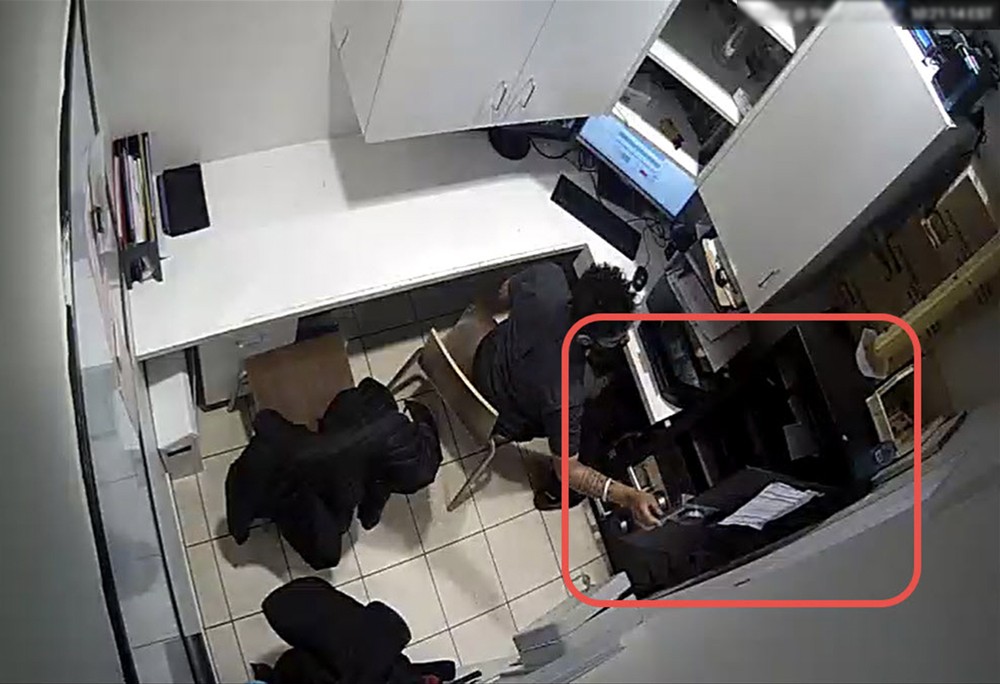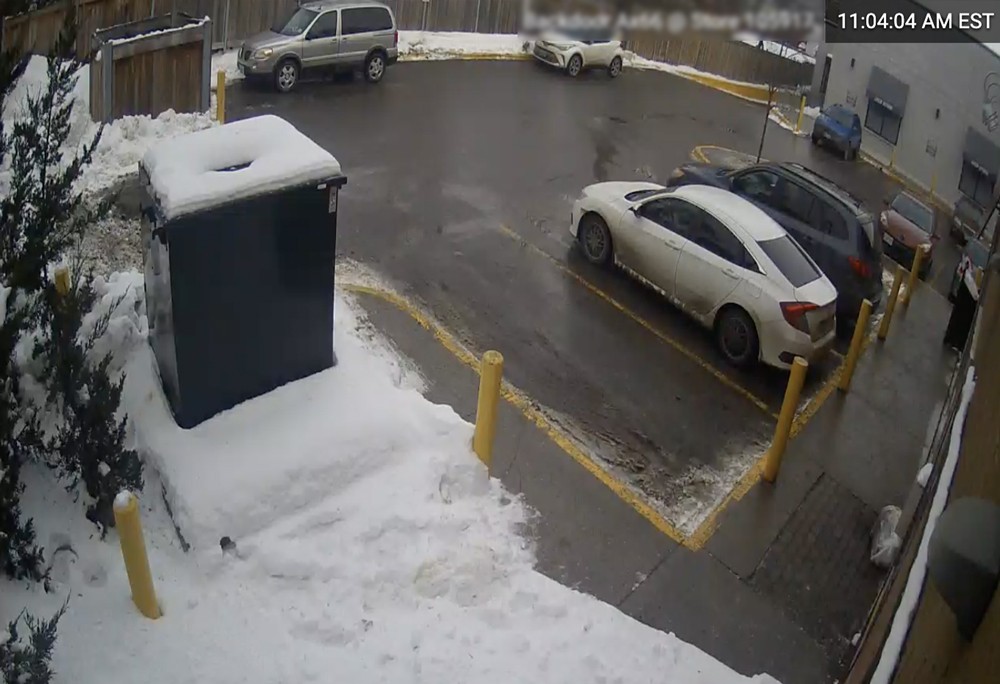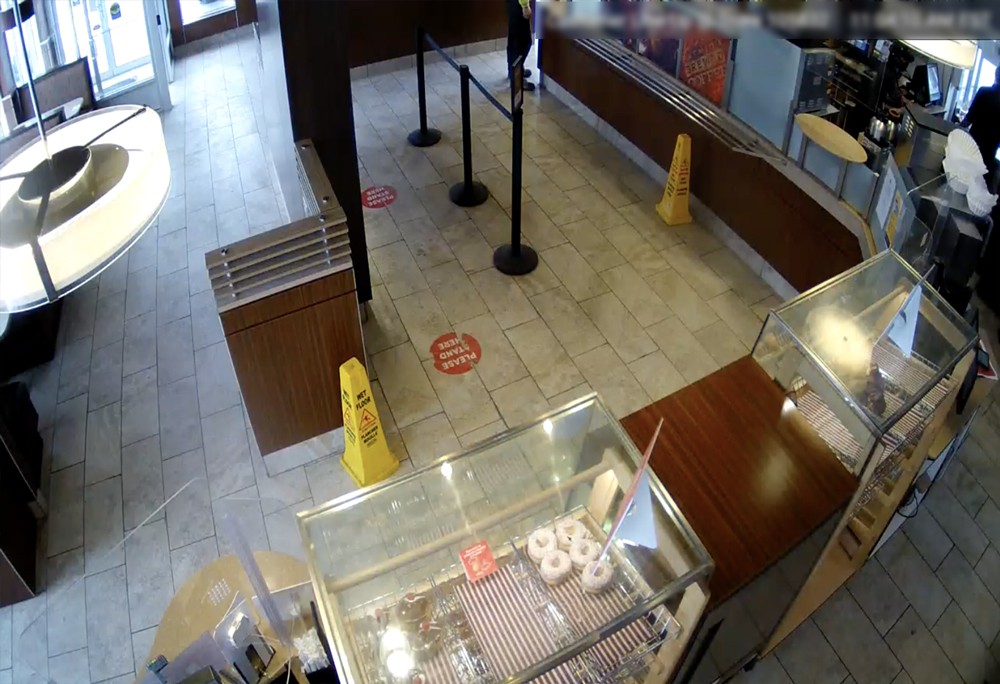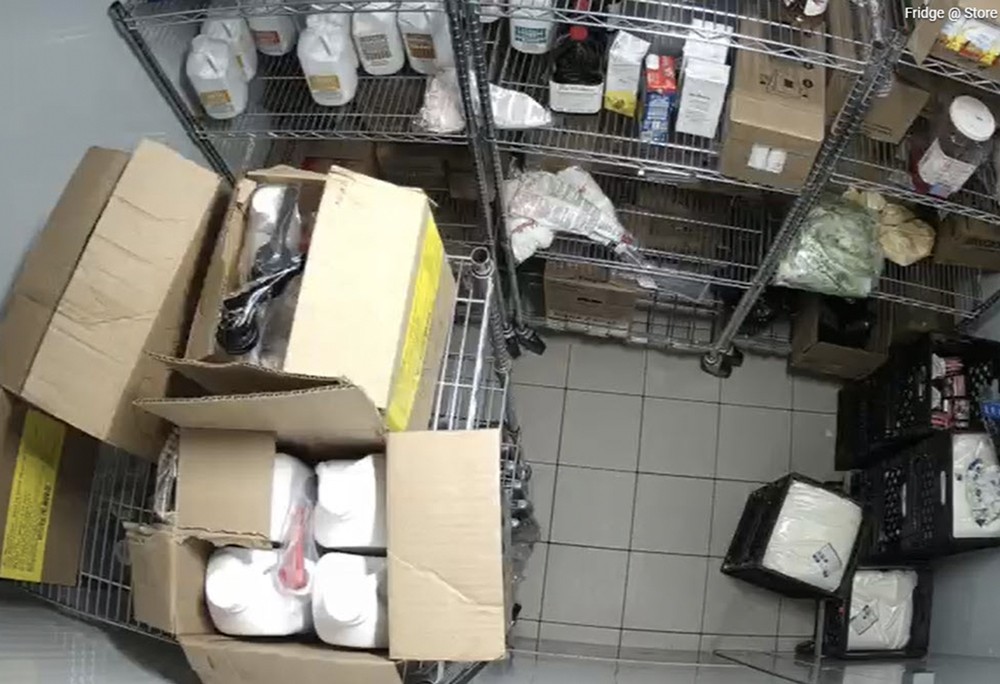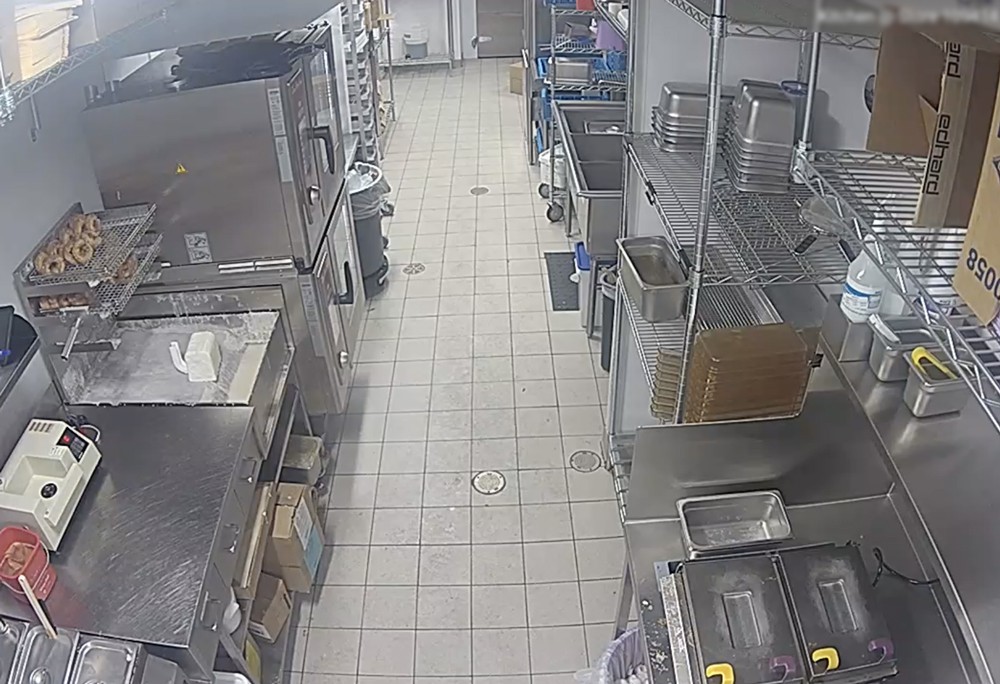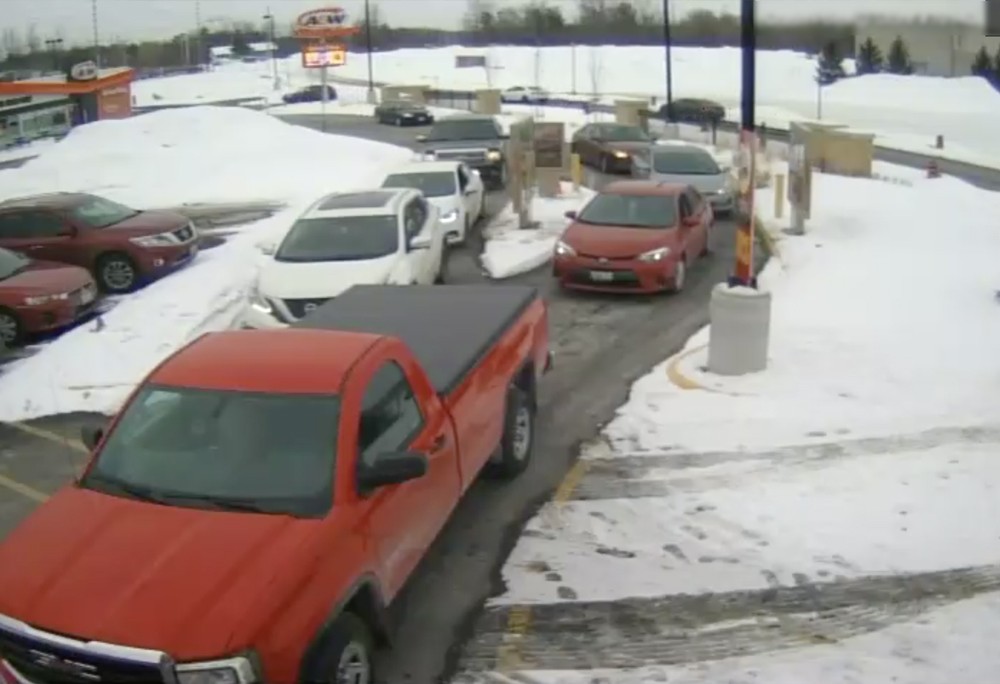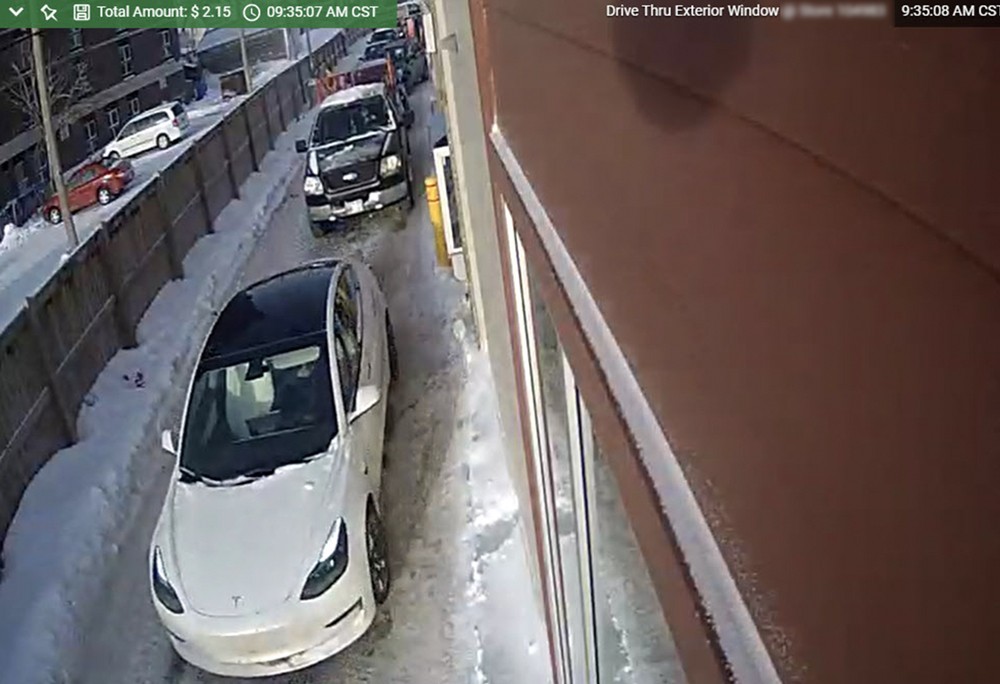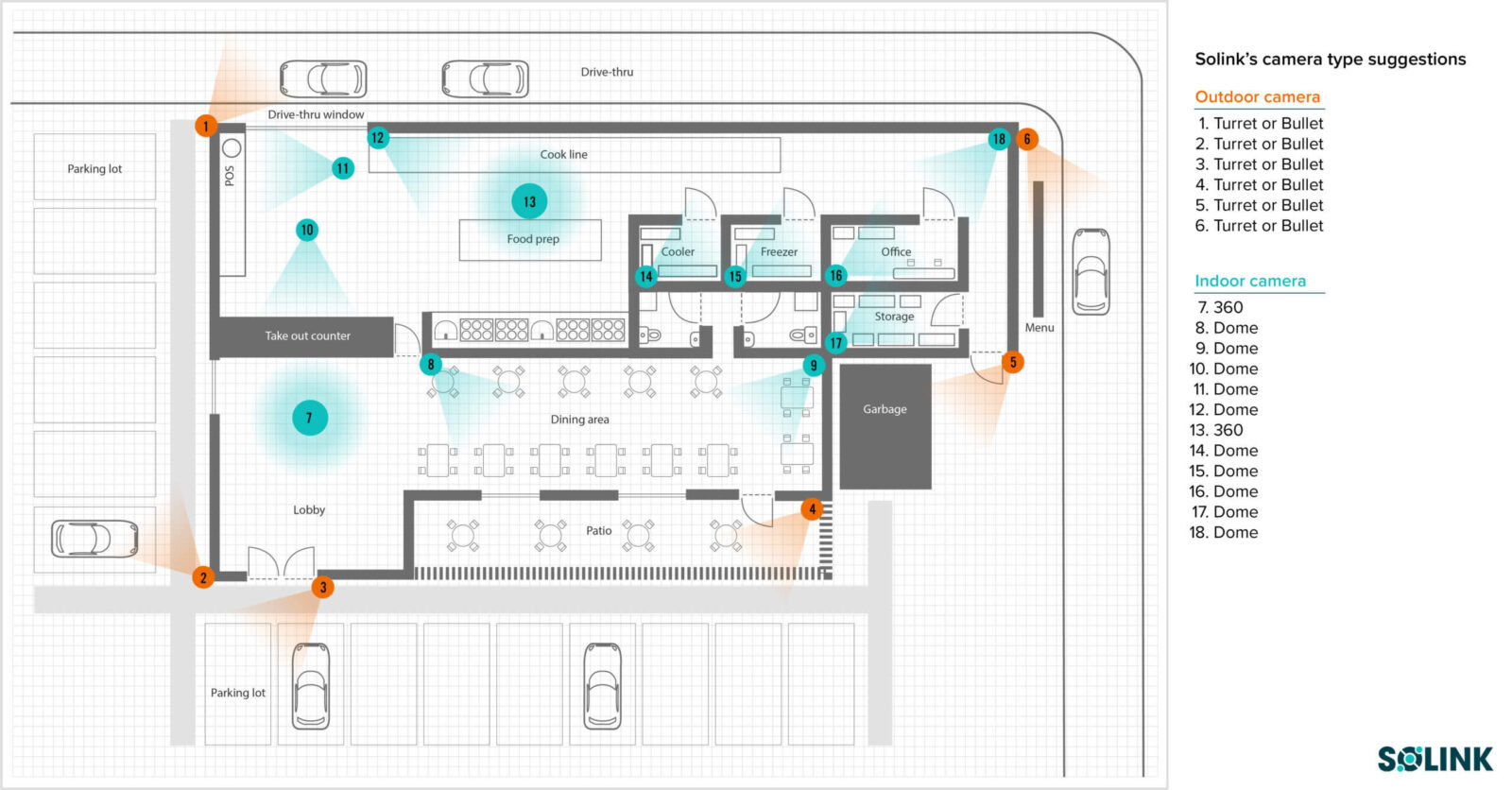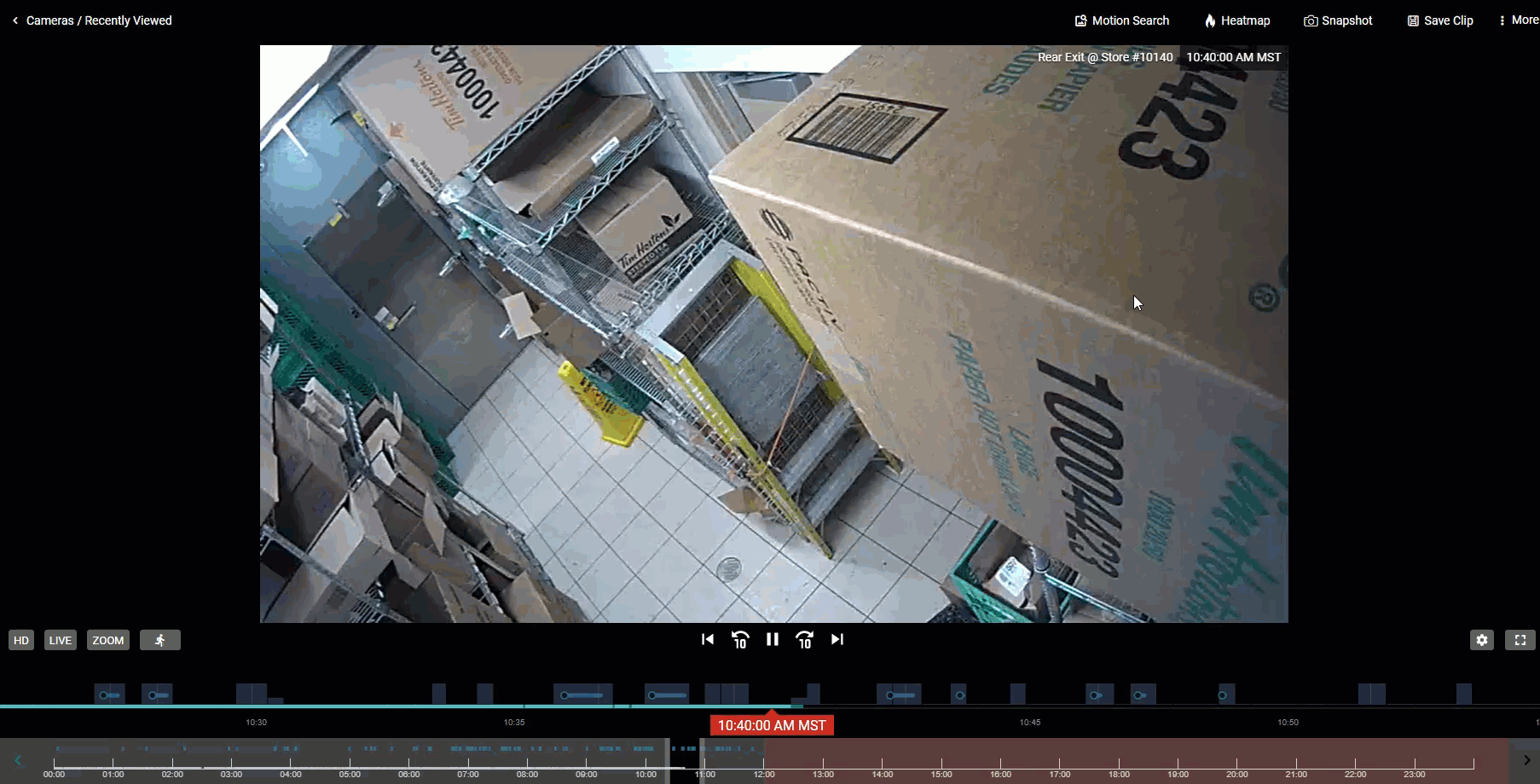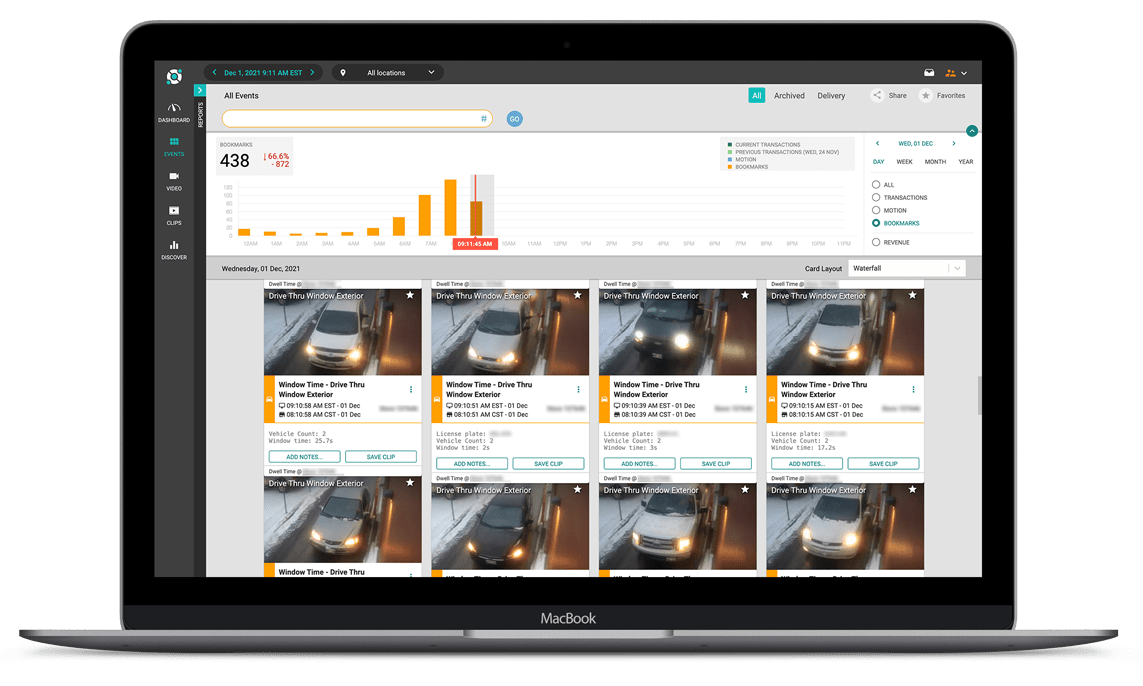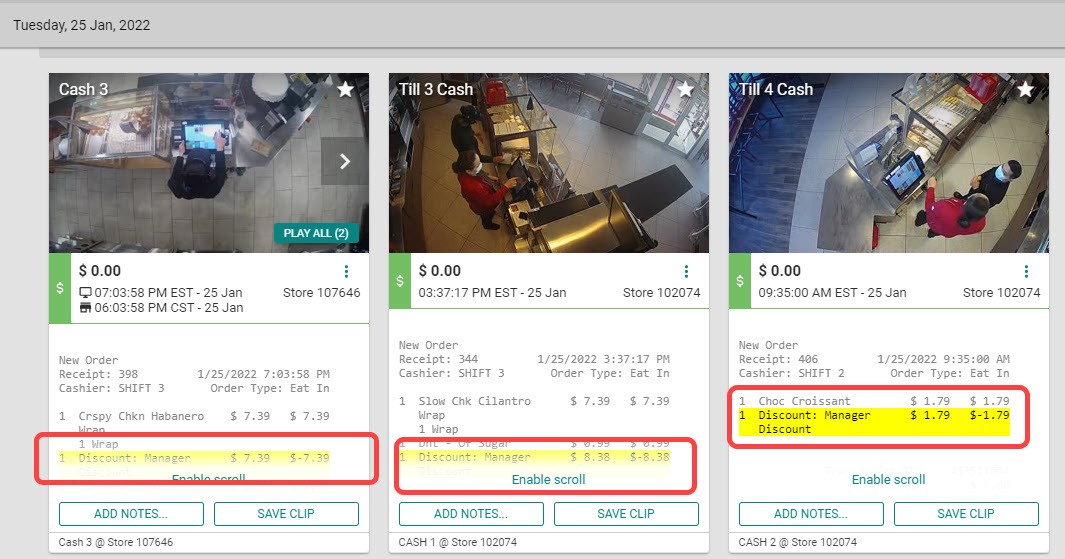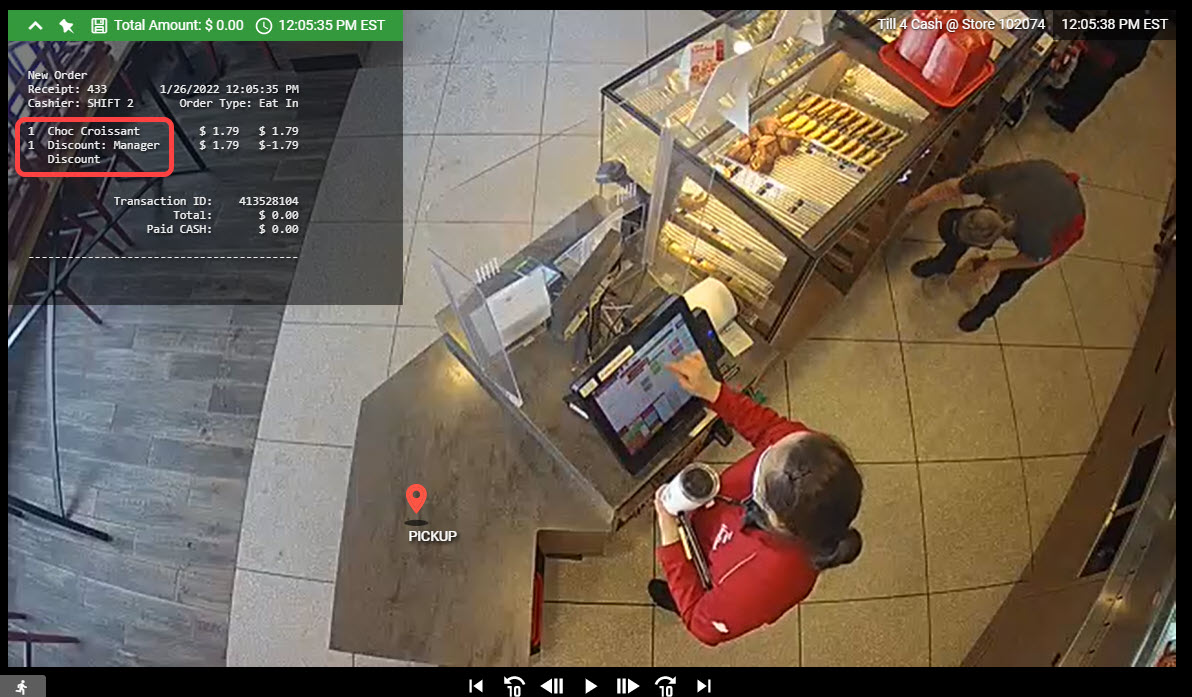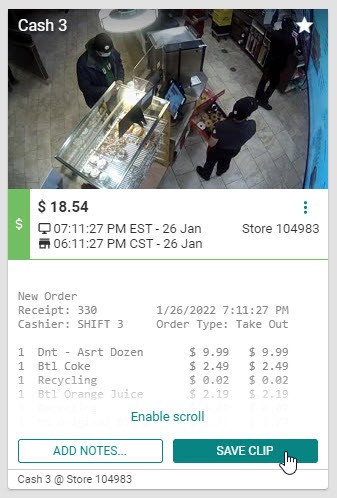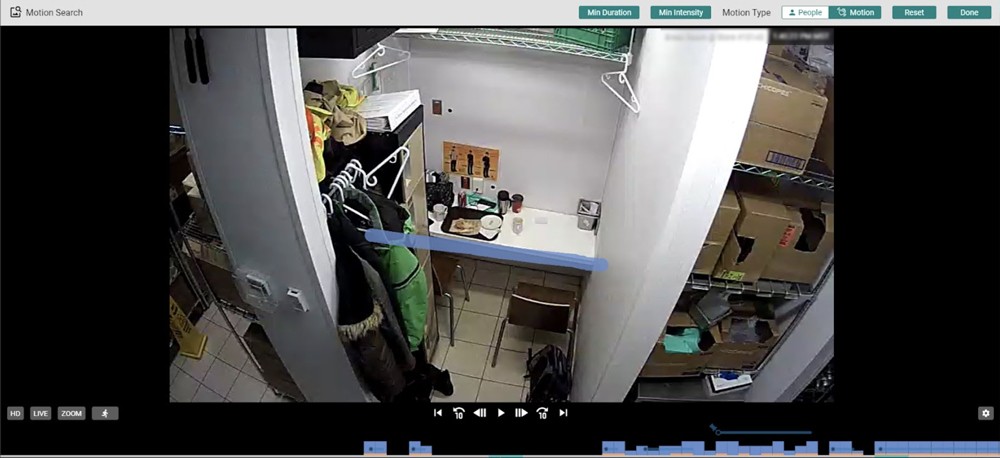Solink Secure Summit 2026 Los Angeles now open for registration.
Running a restaurant means dealing with everything from cash handling to customer safety—often all at once. Well-placed restaurant security cameras can do more than just record incidents. They helps you see what’s really happening in your business, from the front counter to the back door. But not every camera fits every spot. Here’s a look at the best types of security cameras for restaurants and where to use them.
Keep in mind that security cameras are just one step in securing your business. You can maximize value from your camera system when you pair it with powerful security software like Solink.
Discover how Solink can streamline your restaurant’s operations.
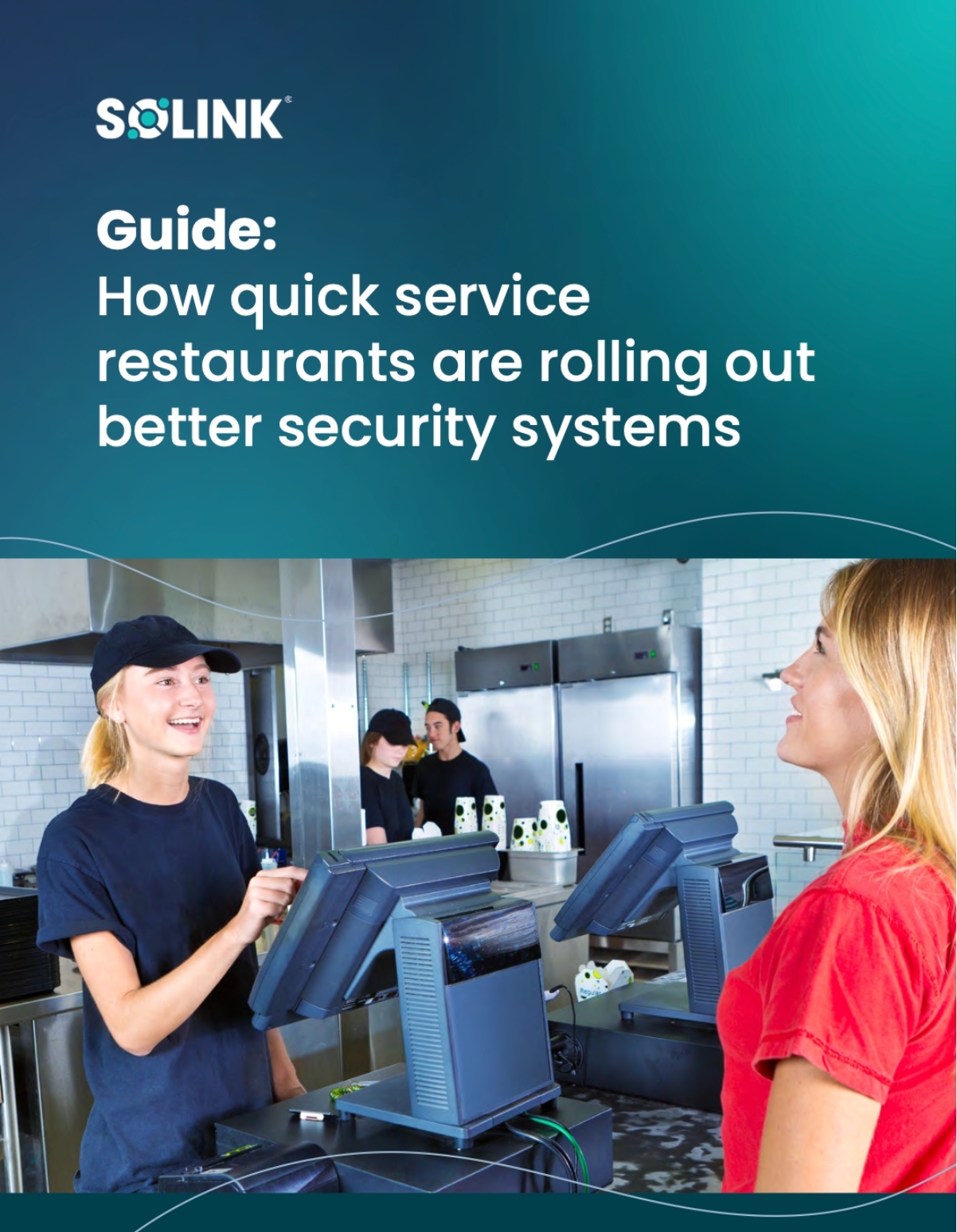
Table of Contents
ToggleRegardless of if you’re a small or large restaurant, quick service or fast casual, the benefits of a reliable security system are clear. When you buy the right cameras and place them in the right locations throughout your restaurant—and when you integrate your cameras with software—the system will pay for itself.
Margins in restaurants are tight. Labor is unpredictable. And losses, whether from theft, fraud, or waste, add up fast. Without a clear view of what’s happening, it’s easy to miss the issues that hurt your bottom line.
Here’s where the right restaurant security cameras make the difference:
Catch cash handling issues at the register or bar
Verify incidents like slip-and-falls or chargebacks with clear video
Deter internal theft without creating a culture of mistrust
Monitor food prep areas for safety, cleanliness, and consistency
Track customer flow to improve staffing and service
The best restaurant operators use cameras as a tool to run better, not just safer, businesses. With the right system, you’re not just protecting the space. You’re protecting profits, people, and your reputation.
There are two types of security cameras you can install in a restaurant: analog and IP (internet protocol) cameras.
Before you decide, check Solink’s camera compatibility list to make sure your cameras work with our platform.
Analog cameras connect to a digital video recorder (DVR) using coaxial cables and a separate power cable. This setup is older and more limited.
Pros:
Lower upfront cost
Cons:
Lower video quality
Cameras must be within 300 feet of the DVR
Needs power and video cabling
Harder to scale
Limited availability and support
Analog systems can still work—but they’re harder to maintain, and the tech is aging fast.
IP cameras connect to a network video recorder (NVR) over ethernet. No need for a separate power cable.
Pros:
Higher resolution (up to 4K)
Easier to install
Better scalability
More reliable long-term
Easier to search and manage video
Cons:
Slightly higher cost up front
If you’re installing a new restaurant security camera system, go with IP cameras. The video quality is better, the setup is simpler, and the system will last longer. Analog might save money now, but it can cost more in repairs, downtime, and missed footage later.
Want more details? Read our full DVR vs NVR guide.
